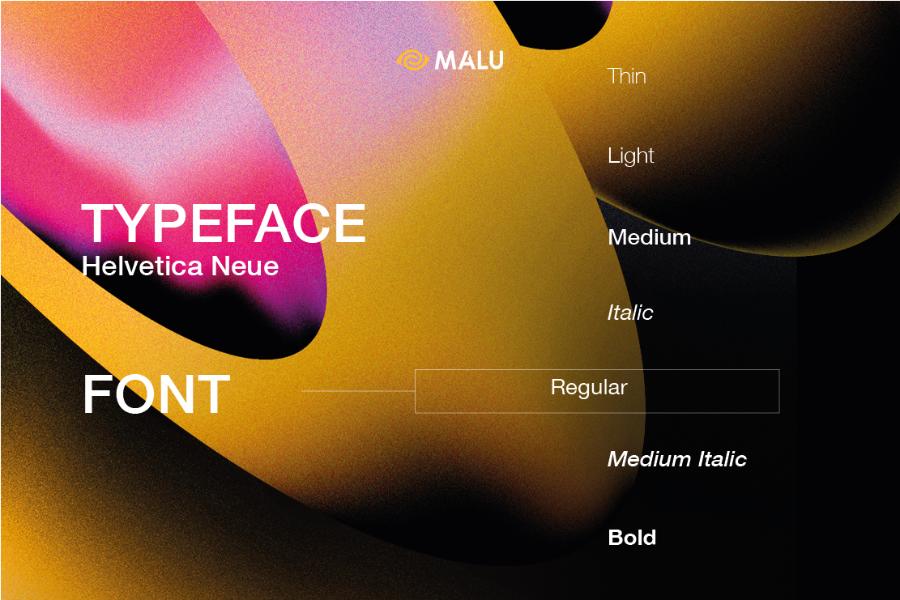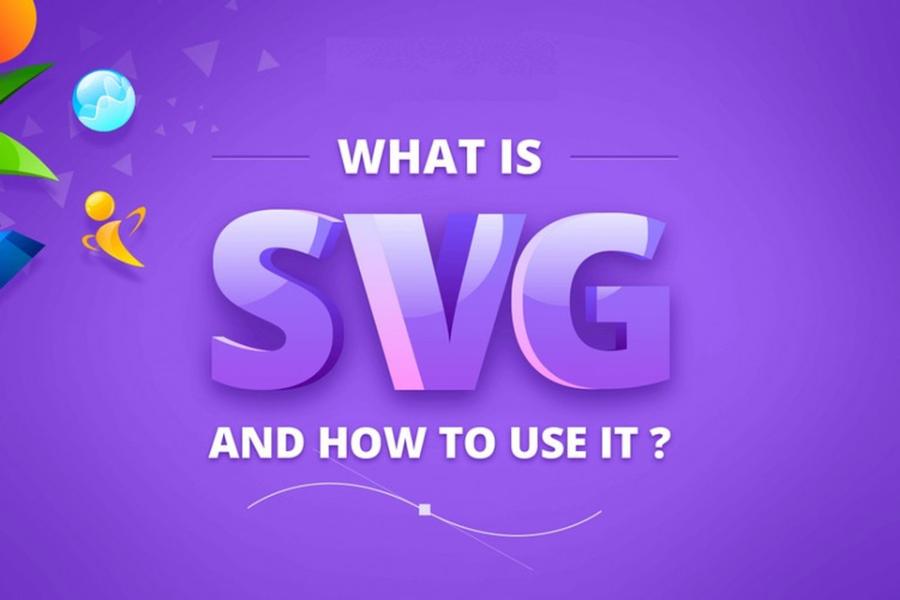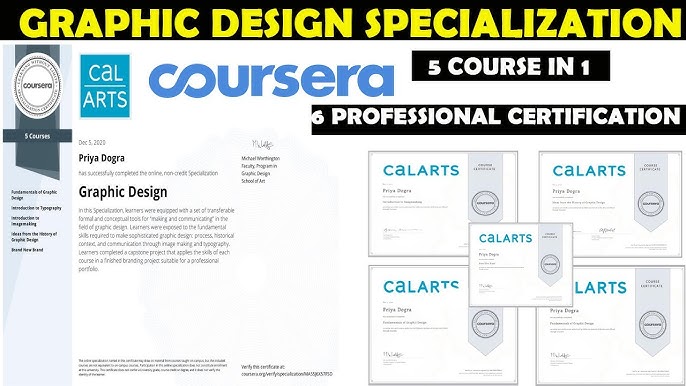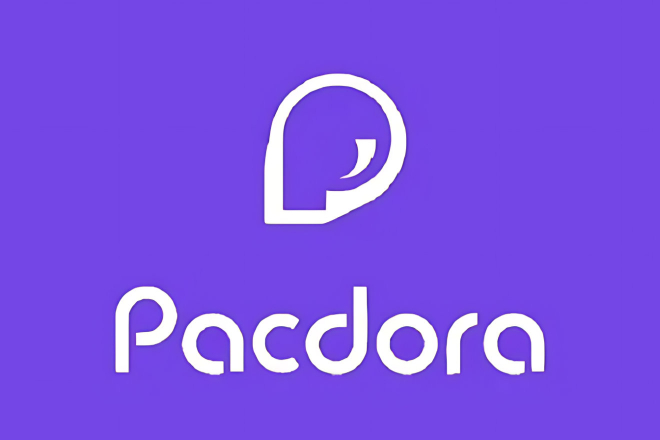Best Selling Products
What is Typeface? How to Choose an Effective Typeface for Your Project
Nội dung
- 1. Introduction What is Typeface?
- 2. Typeface Classification
- Typefaces are divided into main groups:
- 2.1 Serif: Small strokes
- 2.2 Sans-serif: Typeface without feet
- 2.3 Script: Simulate handwriting
- 2.4 Display: Special design
- 2.5 Monospace: Monospace font
- 3. Why is Typeface Important in Design?
- 4. Important Rules When Choosing Typeface
- 5. Tools to Support Typeface Selection
- 5.1 Google Fonts
- 5.2 Font Squirrel
- 5.3 Adobe Fonts
- 6. Current Typeface Trends
Learn what Typeface characteristics are? And instructions on how to choose a typeface that is extremely effective for your projects, extremely beautiful, and completely successful.

1. Introduction What is Typeface?
.jpg)
A typeface is a collection of letter shapes, numbers, characters, and symbols that have a consistent style. For example, Arial or Times New Roman are not fonts, but typefaces. Typefaces are created to create a unified visual communication that is easy for users to recognize and remember.
Typefaces are not just an aesthetic element in design, but also play an important role in conveying messages and building brand identity. Each typeface has its own personality, which can evoke a sense of professionalism, creativity, classicism or modernity, depending on the purpose of use. Choosing the right typeface not only enhances aesthetics but also ensures readability and effectiveness in communicating with viewers.
Distinguishing Typeface and Font: Font is a subset of typeface, representing how a typeface is presented (for example, bold, italic, or a specific size).
2. Typeface Classification
(1).jpg)
Typefaces are divided into main groups:
2.1 Serif: Small strokes
typeface with small strokes (serifs) at the beginning of the letters, giving it a classic, formal style. Examples: Times New Roman , Georgia . Serifs, also known as foot-length letters, are a popular typeface widely used in graphic design and printing.
Serifs are characterized by small strokes at the top or bottom of letters, creating elegance and readability. They are often classified into groups such as Old Style, Transitional, Modern and Slab Serif, each with its own distinct style and application.
Serifs are often preferred in traditional printed materials such as books, newspapers or official documents, because of their ability to improve the reading experience thanks to the uniformity and clarity of each character. Choosing the right typeface not only helps to convey the message effectively but also contributes to affirming the aesthetic and professional value of the content.
2.2 Sans-serif: Typeface without feet
.jpg)
Sans Serifs are a typeface without serifs, known for its modern, simple, and easy-to-read design. They are often used in digital applications, graphic design, and documents that require clarity and visual appeal.
With clean lines, Sans Serifs bring a youthful, dynamic feeling. It is suitable for many different uses, from web interfaces, presentations to brand identity.
Some popular fonts in this group include Arial, Helvetica, and Futura. Choosing Sans Serifs depends not only on aesthetics but also on the message being conveyed and the audience. No small lines, modern, simple look. For example: Arial , Helvetica .
2.3 Script: Simulate handwriting
Typeface Script is a typeface designed to simulate handwriting or calligraphy. It is often soft, fluid, and elegant. This type of font is often used in artistic, formal, or personalized designs, such as invitations, logos, or promotional materials.
With the outstanding feature of the connection between characters, Script typeface can be divided into two main groups: formal script (formal style) and casual script (comfortable style). The selection and application of Script typeface needs to be carefully considered to ensure aesthetics and suitability for the design purpose.
2.4 Display: Special design
Display Typeface is a typeface category specifically designed to attract attention and create a strong impression in graphic or design applications. This type of font is often used in headlines, billboards, posters, or other content that needs to stand out.
With the characteristics of large size, unique shape and diverse style, Display Typeface not only brings aesthetics but also helps to convey messages effectively. However, due to its prominent and sometimes complex nature, this type of font is often not suitable for long text passages or content that requires high readability. The selection and use of Display Typeface should be carefully considered to ensure harmony and suitability with the design goals.
2.5 Monospace: Monospace font
.jpg)
Monospace typefaces are also known as monospaced fonts. This is a type of font in which all characters are of equal width. This means that each character, whether it is a letter, number or special character, takes up the same horizontal space.
This type of typeface is often used in programming, source code editing or technical documents. This is where the alignment of characters and lines becomes important to ensure clarity and readability. Monospace not only helps users easily follow the structure of the content but also brings a neat, scientific feeling.
3. Why is Typeface Important in Design?
Message Conveyed : Typeface determines the emotion and attitude the design conveys.
Brand positioning : A suitable typeface helps the brand stand out and be memorable.
Improve user experience : Choosing the right typeface increases readability and professionalism.
4. Important Rules When Choosing Typeface
When choosing a typeface, it is important to consider several factors to ensure it is appropriate and effective in conveying the message. First, the typeface needs to reflect the nature and goals of the project, and be appropriate for the target audience.
Second, readability is always a top priority, especially for long documents or formal content. Additionally, combining typefaces needs to be done delicately to avoid visual conflicts or loss of professionalism.
Finally, keep in mind compatibility with different platforms and devices to ensure a consistent user experience. Choosing a typeface is not just a matter of aesthetics, but also an important factor in determining the success of a design project.
5. Tools to Support Typeface Selection
(1).jpg)
5.1 Google Fonts
Google Fonts is a powerful tool for selecting and using typefaces for design projects. With a rich library of hundreds of free fonts, Google Fonts not only provides a variety of styles but also ensures high compatibility across many different platforms.
Users can easily search, preview and integrate suitable typefaces, helping to optimize the aesthetic and functional effectiveness of their design products. This is an ideal solution for both professional designers and ordinary users.
5.2 Font Squirrel
Font Squirrel is a useful tool that helps users select and download typefaces that suit their design needs. With a friendly interface and rich resources, Font Squirrel offers many high-quality free font options that are good for creative projects. This is an ideal solution for those who are looking for unique fonts that are still legal and easy to use.
5.3 Adobe Fonts
Tools that aid in choosing a typeface play an important role in graphic design and effectively conveying a message. One of the most popular and reliable resources today is Adobe Fonts, which offers a rich library of high-quality typefaces.
Adobe Fonts help users save time and optimize the creative process. Choosing the right typeface not only enhances aesthetics but also contributes to conveying messages in a professional and impressive way.
6. Current Typeface Trends
(2).jpg)
Typefaces are constantly evolving, reflecting the trends of the times:
6.1 Minimalism
This style focuses on simplicity, sophistication and effectiveness in conveying messages. It eliminates unnecessary elements to aim for clarity and recognition. Minimalist typefaces often have neat lines, are not fussy but still ensure high aesthetics.
The growth of this trend not only reflects modern tastes, but also meets the needs of brands in building a professional, accessible image that is suitable for many digital platforms.
6.2 Handwritten
Handwritten typefaces are widely used in branding, product packaging, and media publications. This style not only creates a difference but also helps to convey emotions and messages effectively.
However, the choice and use of handwritten typefaces should be carefully considered. This is to ensure that it is consistent with the brand goals and target audience, while maintaining professionalism in the design.
6.3 Variable Fonts
Variable Fonts is a groundbreaking technology in the graphic design and printing industry. It allows designers to flexibly customize attributes such as the thickness, width, or slant of a font in just one file, instead of having to use multiple individual font files as before.
This not only reduces storage space but also improves website loading performance. In addition, Variable Fonts also open up many new creative opportunities, better meeting the diverse needs of modern design projects.
Buy Cheap Photoshop License
7. Conclusion
Typeface is not only a design tool but also a way to convey a brand story. Choosing the right typeface requires careful consideration, ensuring both aesthetics and communication effectiveness. Always experiment and be creative to find the perfect choice for your project. Don't forget to update the Sadesign website to experience.












































